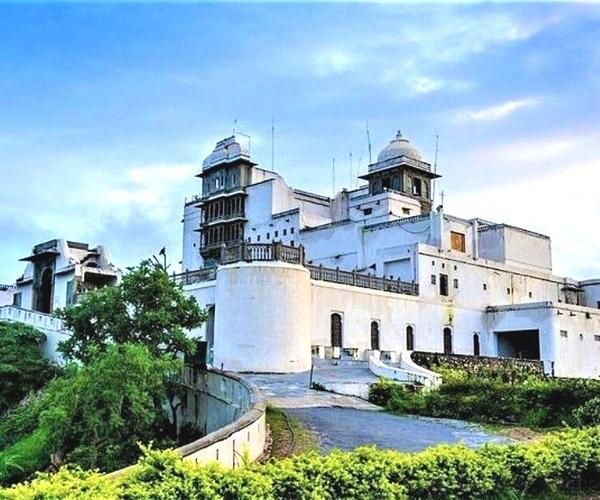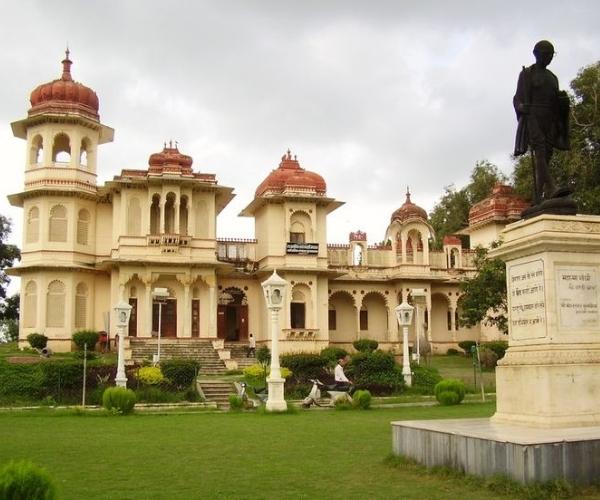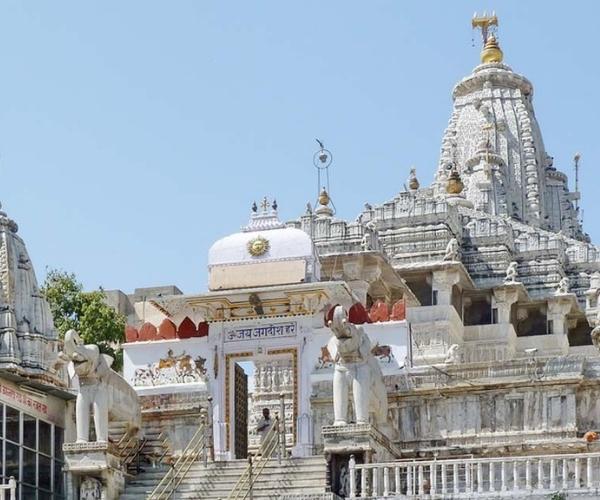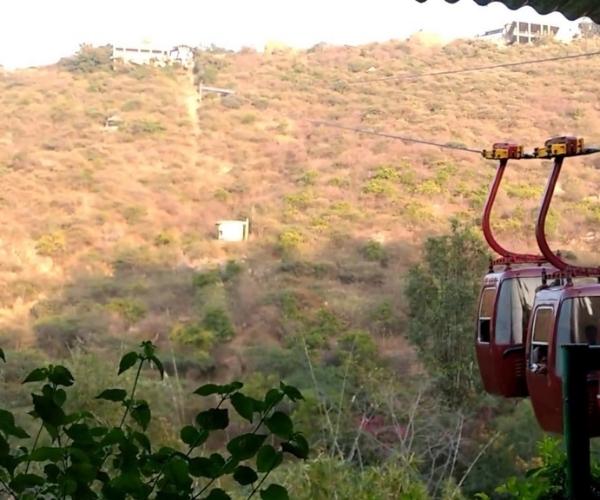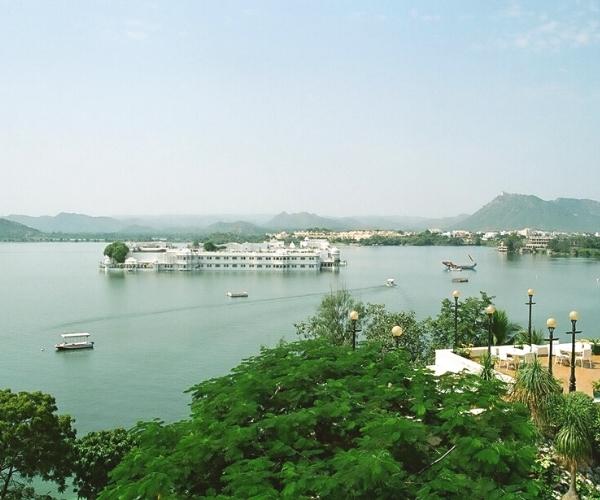The city of lakes!
Udaipur Rajasthan
Udaipur was founded in 1559, by Maharana Udai Singh II in the fertile circular Girwa Valley to the southwest of Nagda, on the Banas River. The city was established as the new capital of the Mewar kingdom. This area already had a thriving trading town, Ayad, which had served as the capital of Mewar in the 10th through 12th centuries.
Udaipur with its lakes lies on the south slope of the Aravalli Range in Rajasthan. The northern part of the district consists generally ofelevated plateaus, while the eastern part has vast stretches of fertile plains. The southern part is covered with rocks, Hills and dense Forest.
The lakes of the city being interconnected form a lake system which supports and sustains the groundwater recharge, water availability for drinking, agriculture, industries and is a source of employment through tourism.
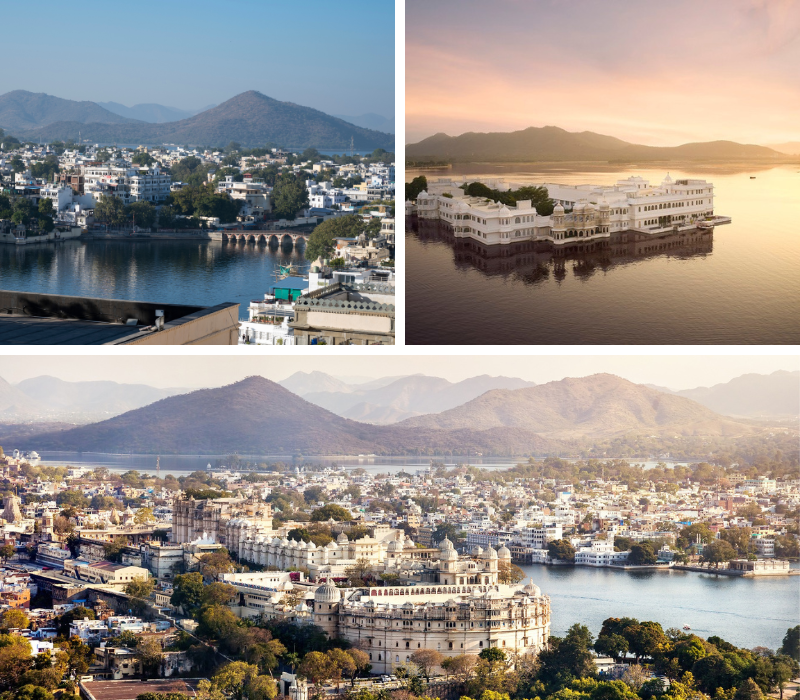
Udaipur Tourist Places
Udaipur, with its lakes, and historic palaces and architecture, is a major destination for tourists, both domestic and foreign nationals visiting the state.
City Palace, Udaipur
City Palace, Udaipur is a palace complex situated in the city of Udaipur in the Indian state of Rajasthan. It was built over a period of nearly 400 years, with contributions from several rulers of the Mewar dynasty. Its construction began in 1553, started by Maharana Udai Singh II of the Sisodia Rajput family as he shifted his capital from the erstwhile Chittor to the newfound city of Udaipur.
The City Palace in Udaipur was built in a flamboyant style and is considered the largest of its type in the state of Rajasthan. It was built atop a hill, in a fusion of the Rajasthani Rajput architecture providing a panoramic view of the city and its surroundings.
Lake Palace
The Lake Palace was built between 1743 and 1746[1] under the direction of the Maharana Jagat Singh II of Udaipur, Rajasthan as a summer palace. It was initially called Jagniwas or Jan Niwas after its founder.
The palace was constructed facing east, allowing its inhabitants to pray to Surya, the Hindu sun god, at the crack of dawn. Jagat Singh felt that the City Palace was too public to invite the beautiful young ladies of Udaipur with decadent, moonlit picnics.
Jag Mandir
Jag Mandir is a palace built on an island in the Lake Pichola. It is also called the "Lake Garden Palace". The palace is located in Udaipur city in the Indian state of Rajasthan. Its construction is credited to three Maharanas of the Sisodia Rajputs of Mewar kingdom.
The construction of the palace was started in 1551 by Maharana Amar Singh, continued by Maharana Karan Singh (1620–1628) and finally completed by Maharana Jagat Singh I (1628–1652). It is named as "Jagat Mandir" in honour of the last named Maharana Jagat Singh.
Monsoon Palace
The Monsoon Palace, also known as the Sajjan Garh Palace, is a hilltop palatial residence in the city of Udaipur, Rajasthan in India, overlooking the Fateh Sagar Lake. It is named Sajjangarh after Maharana Sajjan Singh (1874–1884) of the Mewar Dynasty, whom it was built for in 1884.
The palace offers a panoramic view of the city's lakes, palaces and surrounding countryside. It was built chiefly to watch the monsoon clouds, hence, appropriately, it is popularly known as Monsoon Palace.
Jadish Temple
Jagdish Temple is a large Hindu temple in the middle of Udaipur in Rajasthan, just outside the royal palace. It has been in continuous worship since 1651. A big tourist attraction, the temple was originally called the temple of Jagannath Rai but is now called Jagdish-ji. It is a major monument in Udaipur.
The Jagdish Temple is raised on a tall terrace and was completed in 1651. It attaches a double-storey Mandapa (hall) to a double-storey saandhara (with a covered ambulatory) sanctum. The mandapa has another storey tucked within its pyramidal samavarna (bellroof) while the hollow clustered spire over the sanctum contains two more, nonfunctional stories.
Fateh Sagar lake
Fateh Sagar Lake is situated in the city of Udaipur in the Indian state of Rajasthan. It is an artificial lake named after Maharana Fateh Singh of Udaipur and Mewar, constructed north-west of Udaipur, to the north of Lake Pichola in the 1680s.
It is one of the four lakes of the Udaipur city; the other three being: the Lake Pichola (within the Udaipur town), Udai Sagar Lake, 13 kilometres (8.1 mi) to the east of Udaipur, and Dhebar Lake or Jaisamand Lake, 52 km (32 mi) south east of Udaipur.
Saheliyon Ki Bari
Saheliyon-ki-Bari is a major garden and a popular tourist space in Udaipur in the Indian state of Rajasthan. It lies in the northern part of the city and has fountains and kiosks, a lotus pool and marble elephants. It was built by Rana Sangram Singh. There is also a small museum here which has a lot of information about Indian history.
Iheliyon Ki Bari was laid for a group of forty-eight maidens. This garden is located on the banks of the Fateh Sagar Lake, presenting a green retreat in the dry lands of Rajasthan. It was built from 1710 to 1734 by Maharana Sangram Singh for the royal ladies.
Lake Pichhola
Lake Pichola, situated in Udaipur city in the Indian state of Rajasthan, is an artificial fresh water lake, created in the year 1362, named after the nearby Picholi village. It is one of the several contiguous lakes, and developed over the last few centuries in and around the famous Udaipur city.
The lakes around Udaipur were primarily created by building dams to meet the drinking water and irrigation needs of the city and its neighbourhood. Two islands, Jag Niwas and Jag Mandir are located within Pichola Lake, and have been developed with several palaces to provide views of the lake.
Gulab Bagh
Gulab Bagh, also known as Sajjan Niwas Garden, was built by Maharana fateh Singh in the 1887. It is the fourth oldest zoo in the semi-continent. It spans across 66 acres of land,[1] and is hailed as one of the most beautiful and largest garden in Rajasthan.
Gulab Bagh is the largest garden in Udaipur, Rajasthan, India. It is spread over 100 acres (40 ha) of land. The garden has innumerable varieties of roses. Gulab Bagh gets its name from the abundance of rose flowers it has.

